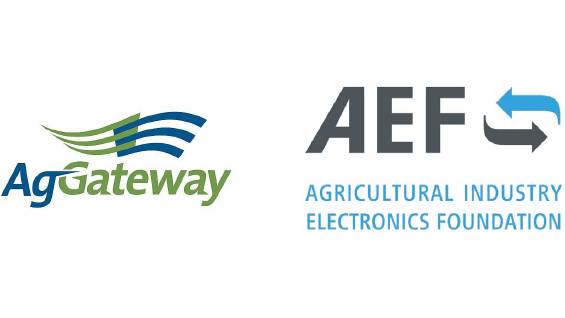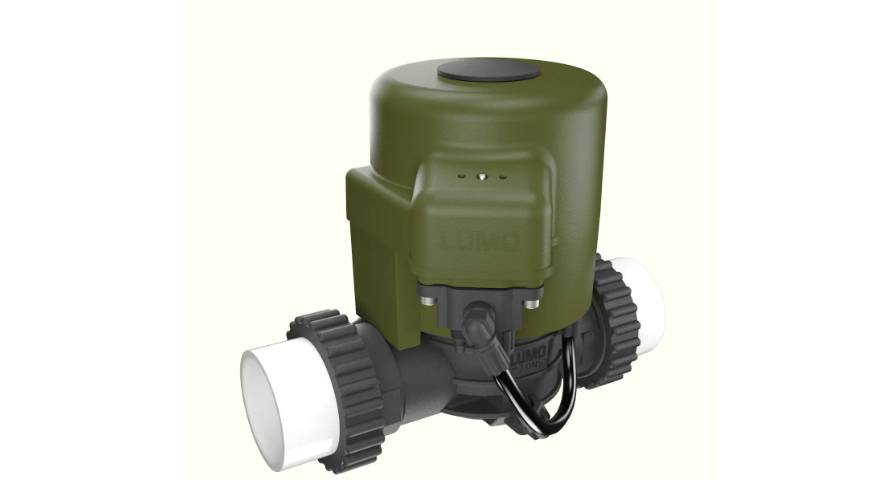Exclusive Report: Precision Application, Automation Set Framework for Paradigm Shift for Crop Inputs
There is a pace of change paradox that has been popularly cited lately: “The pace of change is moving faster than it ever have before, and it will never move this slow again.” This paradox has been true for technology for more than 40 years, and every part of agriculture is experiencing this rapid change.
Seed planting and variable-rate fertility ushered in the technologies that are now affecting crop protection, and the silos are breaking down into holistic agronomic systems.
The Precision Application Asia Conference – held November 2019 – assembled thought leaders to discuss how precision agriculture is affecting the application of seed, fertilizers, water, and crop protection products and how data is driving new application methods, including drones, variable-rate application, AI-powered spot application, and new formulations of crop inputs.
We’ve made an executive summary available for purchase in case you missed it.
MORE BY GLOBAL AG TECH INITIATIVE
Ground Breaking Podcast Episode #4: Reinventing the Wheelbarrow: Technology to Support Growing Produce in a Changing Business Landscape
The VISION Conference: Transforming Agriculture Through Innovation and Collaboration
Here are just some of the top takeaways of Precision Application Asia 2019:
- Real-world use studies: Summer Deng, Sales Director with DJI Agriculture, the world’s top drone manufacturer, explored real-world use studies and partnerships with local service providers. “This year, more than 80% of rice grown in northeast China’s Heilongjiang province was sprayed by drone, so it has already repressed tractors and manual sprayers. I think the market potential is huge,” Deng said.
- Disruption’s role in value chain creation and how existing channels must evolve: Paul Voutier, Director of Knowledge and Innovation, Grow Asia, shared that the challenge for agritechnology disruption in ASEAN lies in cost, which is often too high for a small rice farm in western Sumatra that makes $2,000 in annual revenue, for example. Voutier described five digital business models that have emerged, including peer-to-peer digital lending. “ASEAN farmers pay 50% to 100% annual interest rates on fertilizer and crop protection inputs they buy. This is a massive opportunity for entrepreneurs in ag.”
- Untapped opportunities: Markus Scherer, Consulting Director, IPSOS Business Consulting, examined the role of drones in agriculture and country case studies. Agriculture drones can conserve 20% to 60% of crop protection chemicals and be 40 to 60 times more efficient than manual labor. “In China, there is very relaxed viewpoint of how and when agriculture drones are able to be used. They are testing night flights as well as multi-flight drone options, so that’s a gamechanger in terms of attractiveness of using drones.”
- Regulatory challenges and opportunities: Bjoern Roepke, Head of Regulatory and Product Safety, Bayer Crop Science, discussed the keys to get public buy-in for drone adoption: establishing civil aviation law and ensuring safe operation. Asia lags far behind the West on effective land use; the continent also has persistent labor shortages and worker exposure issues – all of which drones address. “In one operator exposure study in Malaysia, where the operator was doing the mixing and loading, the drone was shown to be more than 100 time safer than backpack application,” he said, stressing that disseminating such information on drone safety to regulators is crucial.
- More than drones: Tong Wei, Global Cooperation Director, XAG, explained how companies are evolving from pure hardware manufacturers to multi-faceted agriculture companies, by providing prescriptions and compiling data to deploy predictive analytics. XAG is cooperating with financial institutions and insurance companies by tracing chemical use, predicting how much a farm will earn, and evaluating losses on farms, which in turn give farmers, notably in China, greater opportunities to secure financing and recover losses.
- Rethinking adjuvant-nozzle interactions: There is no one-size-fits-all solution for adjuvant formulations and nozzle combinations used in new application methods, which can influence drift and deposition. A commonly used combination is half-rate water with a TT nozzle, which greatly reduces drift, but impacts coverage. “The human eye can see objects down to approximately 100 microns without magnification. People don’t worry about things they cannot see,” said Fernando Lopez, Agro Asia Pacific Lead, Lamberti But they cannot ignore driftable fines when it comes to drones – more research is required to find a balance between coverage and on-target formulation properties.
Don’t miss out again. Get more in this executive summary that includes:
-
Presentation synopses from industry executives from Bayer, DJI, XAG, AMVAC, Clariant, Lamberti, Poladrone, and others key thought leaders in Asia-Pacific.
-
Analysis on key Southeast Asian markets
-
Regulatory updates for precision technologies and chemical registrations
-
Formulation technology innovation and strategic vision
-
60-page, easy-to-navigate format
-
See all presenters and the full agenda summarized in the report









